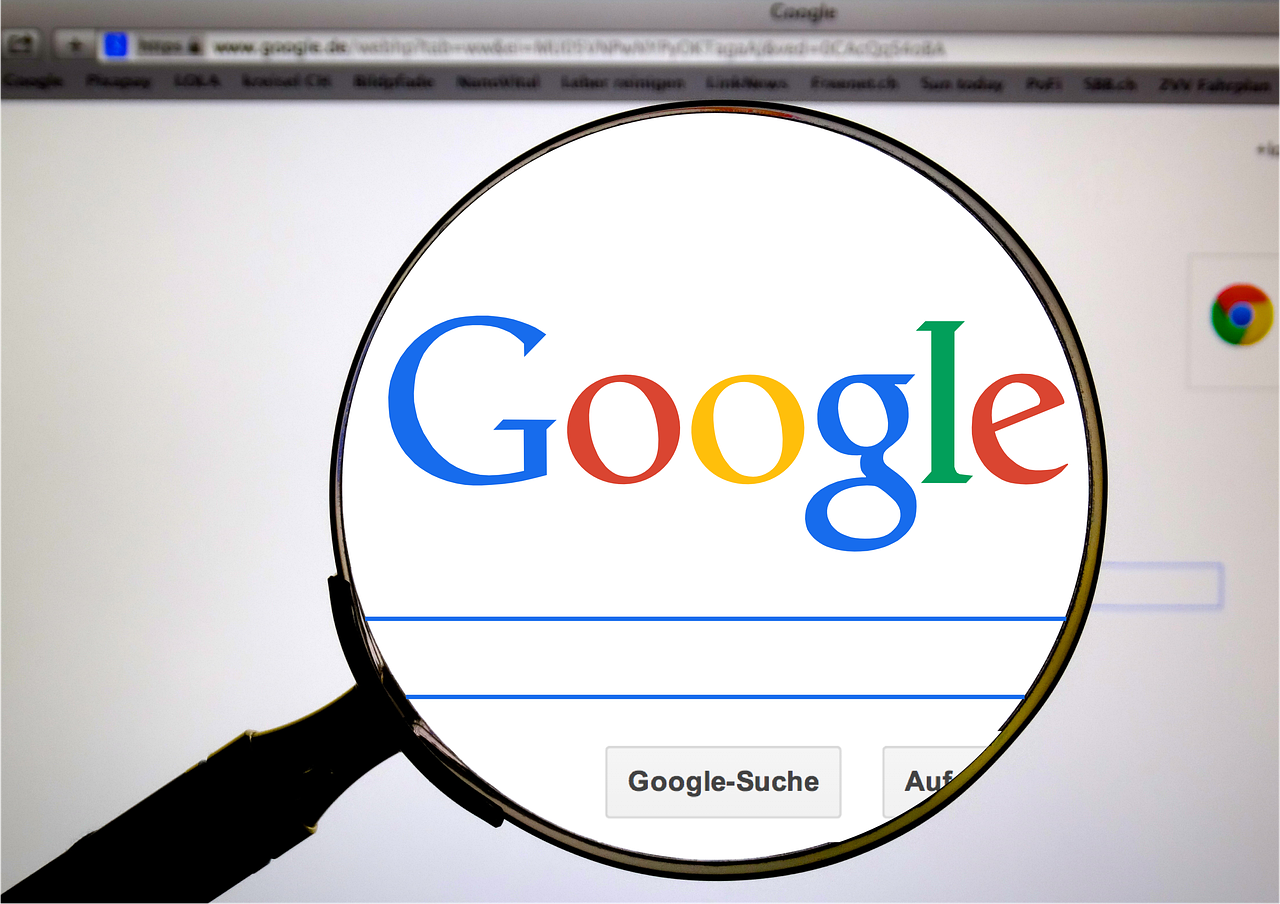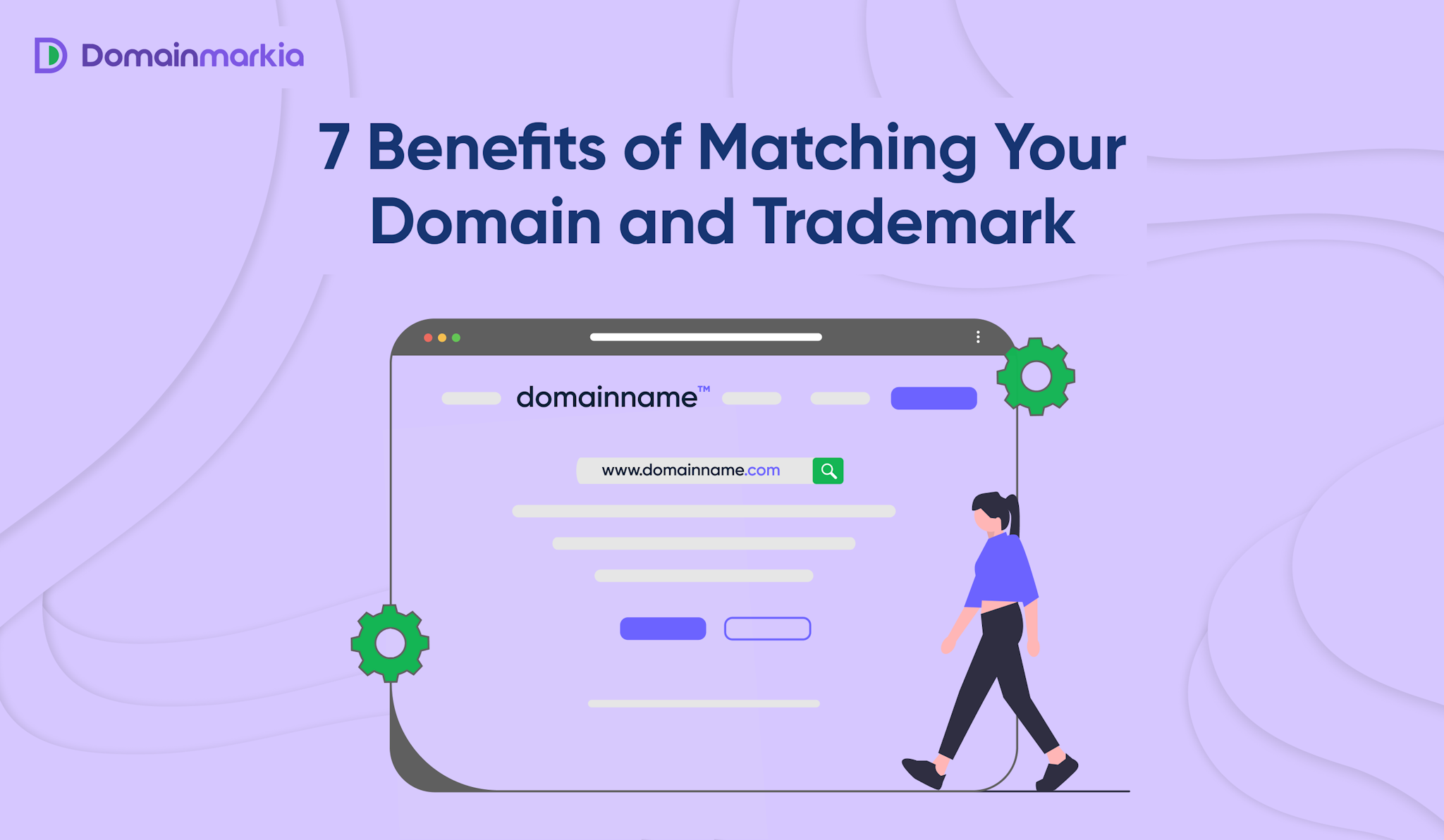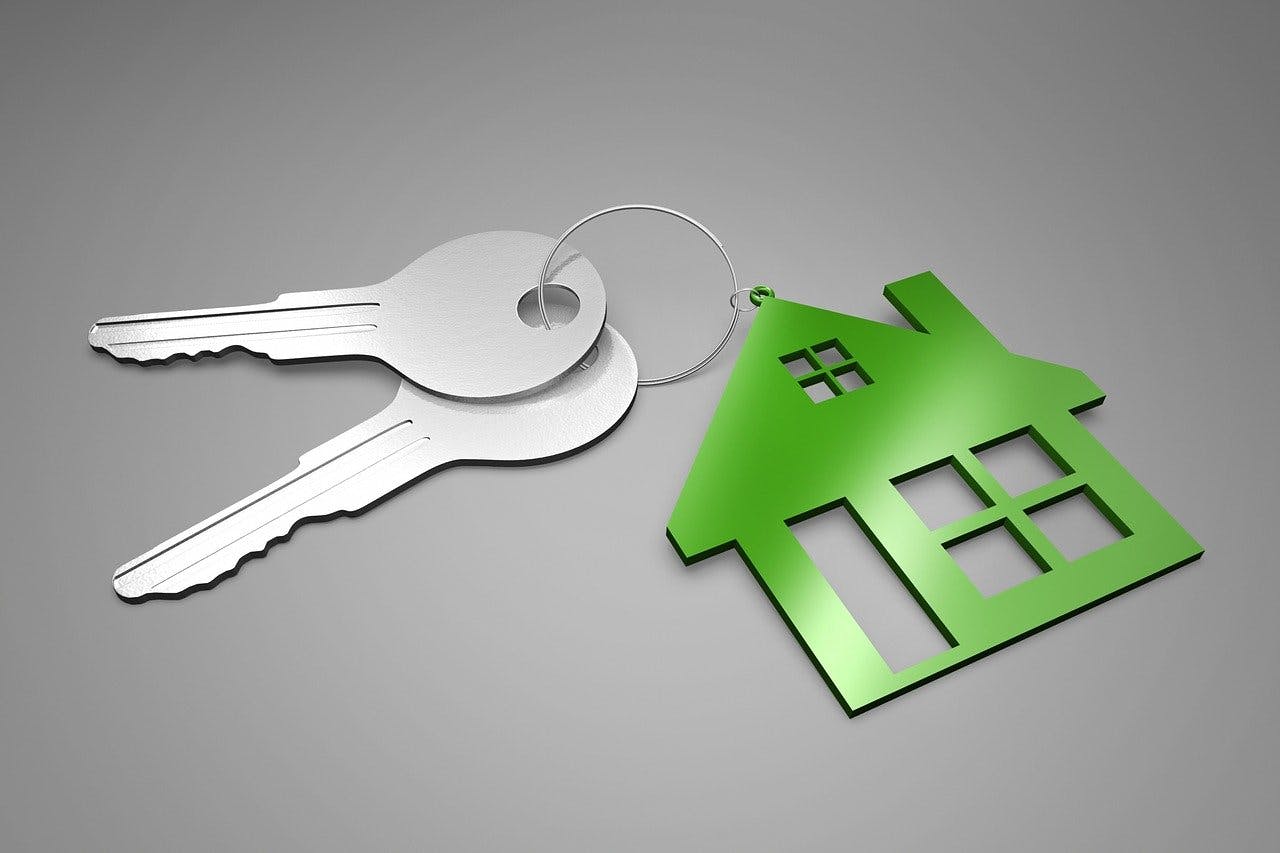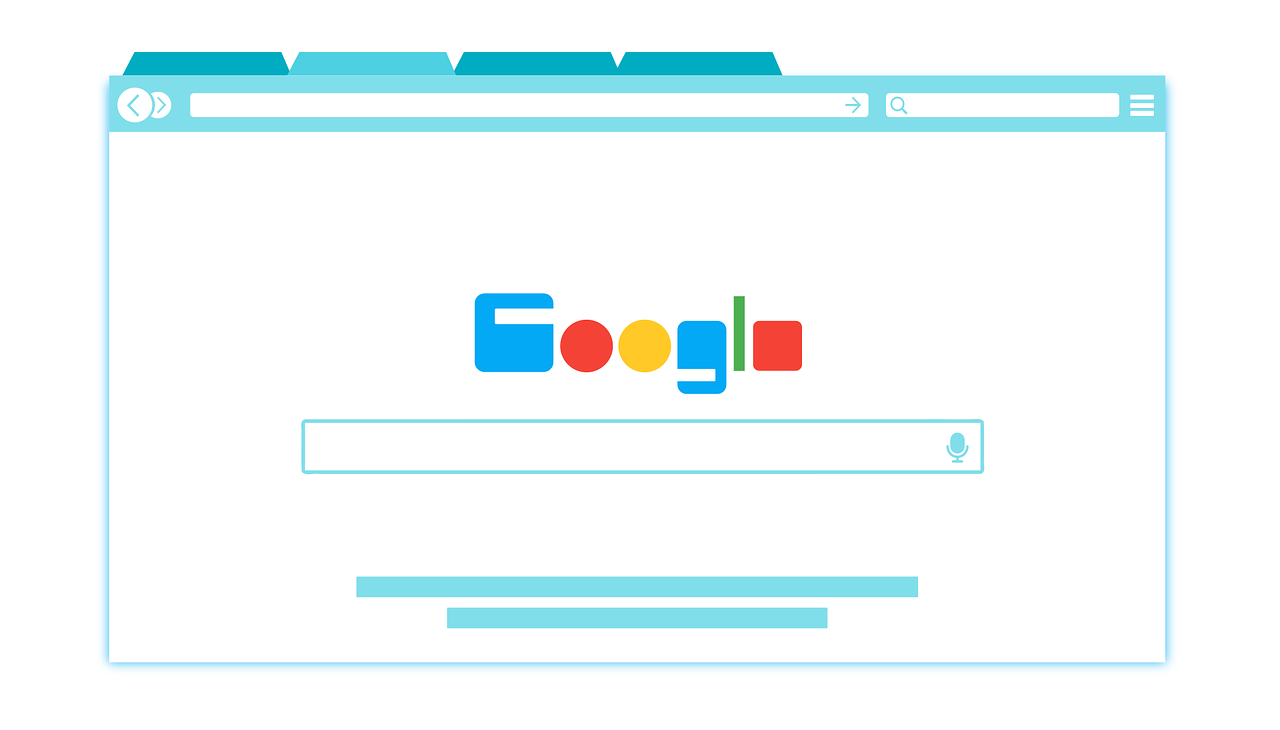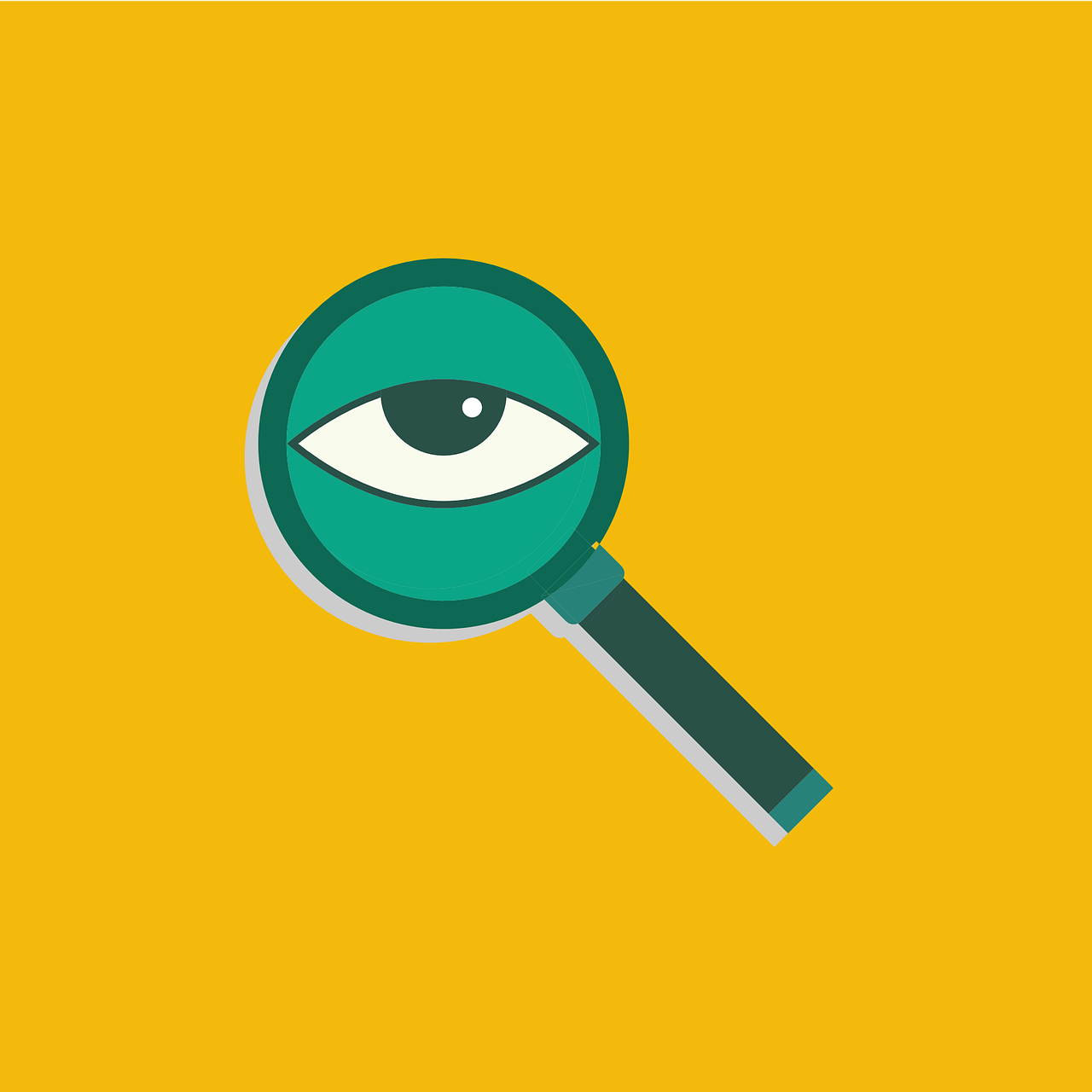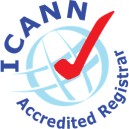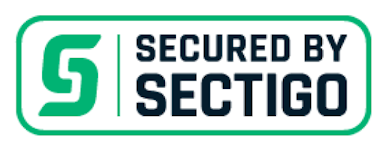In today's digital age, online presence is crucial for businesses, individuals, and organizations.
The first step to carving out your space on the internet is buying a domain name - the digital address people will use to find you online.
This seemingly simple task can be the gateway to your brand's identity, making it an important decision to navigate carefully.
Whether you're (1) starting a new business, (2) launching a personal blog, or (3) creating an online portfolio, the right domain name can set the tone for your website's success.
But first:
What is a domain name?
Learn more: Read our complete guide on what a domain name is.
Every website on the internet has an IP address, a series of numbers that is difficult for humans to remember.
A domain name is a memorable and intuitive alternative to these numerical IP addresses.
Each domain name is unique, ensuring every website can be distinctly identified and accessed.
Domains are also made up of different components. These include the following:
- Top-level domain (TLD): This is the last segment of the domain name, following the last dot, such as .com, .org, .net. There are also country-specific TLDs like .uk for the United Kingdom and .ca for Canada.
- Second-level domain (SLD): This is the part of the domain name directly to the left of the TLD. It's the "custom" part of the domain name that you register and uniquely identifies your website (e.g., in google.com, google is the SLD).
- Hierarchy and structure: The domain name system (DNS) has a hierarchical structure. At the top of this hierarchy are the TLDs managed by specific organizations. Under these are the second-level domains, which are often the names chosen by individuals or organizations for their websites.
The primary function of a domain name is to allow easy navigation to a website.
Instead of typing a complex string of numbers (the IP address), you type an easy-to-remember set of words (the domain name) in your browser.
Domain names are crucial in branding and search engine optimization (SEO).
A well-chosen domain name can be a significant factor in creating a memorable brand and can also impact how well a website ranks in search engine results.
So, what else do you need to know?
Well, it'd help to have a brief overview of the DNS system:
How does the DNS system work?
The DNS system translates domain names into IP addresses, allowing browsers to load the website associated with that name.
This translation is necessary because, while domain names are easy for humans to remember, computers and networks require the IP address to locate and load a website.
How much does it cost to register a domain name?
The company through which you register the domain can significantly influence the price.
Different registrars have different pricing structures.
Some might offer lower initial registration costs as a promotion, while others may have higher prices but include additional services.
At Domainmarkia, we keep things affordable for you, ensuring that you not only get efficient and reliable service but also don't have to break the bank.
There are several factors that may influence the price, regardless of your registrar. These include:
- Top-level domain (TLD): The type of TLD you choose can substantially impact cost. Common TLDs like .com, .org, and .net are usually on the lower end of the pricing scale due to their popularity and widespread acceptance.
However, newer or more niche TLDs like .tech, .design, or country-specific TLDs (like .uk or .ca) can vary significantly in price, sometimes being more expensive.
- Additional services:
- Privacy protection: Also known as WHOIS protection, this service keeps your personal information private, shielding it from the public database.
- SSL certificates: Secure Socket Layer (SSL) certificates are crucial for website security, especially when handling sensitive information.
- Email hosting: Some domain registrations come with the option of having a custom email address (e.g., yourname@yourdomain.com).
How soon can you use your domain name?
When you register a domain name, the process is typically instantaneous.
This means the domain is registered to you as soon as you complete the transaction and get a confirmation from your domain registrar. At this point, the domain is officially yours, but it's not yet fully functional across the internet.
Propagation time: The concept of propagation refers to the period it takes for all the DNS (domain name system) servers worldwide to update their records with your new domain information. During this time, your domain becomes accessible from different parts of the internet.
While this process can start within a few hours, it can take up to 48 hours, or sometimes even a bit longer, for complete global recognition.
How to buy a domain name — our top tips
Ready to buy a domain name? Here's how we think you should go about it:
Choose a reputable registrar
It's crucial to select a reliable domain registrar that is well-known and trustworthy.
As an accredited ICANN Registrar, Domainmarkia can be trusted to handle your domain registration and renewals.
Here are some things you may also wish to consider when selecting domain name registrars:
- Consider privacy protection: Privacy protection, often offered as WHOIS privacy, is a service that masks your personal information in the public domain registry.
This is important because, without it, your personal details like your name, address, email, and phone number can be accessible to anyone. Privacy protection helps reduce the risk of identity theft, spam, and unwanted solicitations.
- Think long-term: Your domain name is a significant part of your brand identity. It's advisable to choose a name that not only suits your business now but can also grow with it.
Changing your domain name later can be costly, not just in terms of money but also in terms of the impact on your brand recognition and search engine rankings.
A good domain name should be easy to spell, memorable, and reflective of your brand or business.
- Check for trademarks: Before finalizing your domain name, ensure it doesn't infringe on any existing trademarks. Using a name that's already trademarked can lead to legal issues and force you to change it, incurring additional expenses. You can search for trademarks on Trademarkia.
- Domain extension relevance: Choose an extension that fits your business or purpose. Common extensions like .com are universally recognized, but there are now various other options (.net, .org, .info, etc.), including industry-specific ones (.tech, .fashion, .food.
Consider how the extension aligns with your brand and how easily your audience can remember and recognize it.
- Check domain history: If you're buying an existing domain, research its history. A domain with a negative history, like being associated with spam or black hat SEO, can affect your website's reputation and search engine rankings. Tools like the Wayback Machine and domain history checkers can provide insights into the domain's past content and use.
- Domain name availability on social media: Beyond just the domain, check if your chosen name is available on relevant social media platforms.
Types of domains
If you're interested in going into a bit more detail about your web address— let's explore the different types of domains:
- Top-level domains (TLDs)
These are the highest level of domains in the DNS structure and appear at the end of a domain name. TLDs are broadly classified into two categories:
- Generic top-level domains (gTLDs): These are the most common and familiar TLDs intended for general use. Examples include:
.com for commercial purposes.
.org, traditionally used by non-profits and organizations.
.net was initially intended for internet service providers.
.edu for educational institutions.
.gov for government entities.
- Specialty gTLDs: These newer domains, like .tech, .travel, and .fashion, cater to specific interests or industries.
- Country code top-level domains (ccTLDs): These are two-letter domains established for geographical locations, primarily countries or territories. Examples include:
.uk for the United Kingdom.
.ca for Canada.
.jp for Japan.
- Sponsored top-level domains (sTLDs): These are a subset of gTLDs and are sponsored by specific organizations or communities. They represent a key community, industry, or service group. Examples include:
.edu for educational institutions, sponsored by Educause.
.aero for the air transport industry.
.museum for museums.
- Infrastructure top-level domain (.arpa): This TLD is exclusively used for technical infrastructure purposes and is managed by the Internet Assigned Numbers Authority (IANA).
The .arpa domain is critical for the operation of the internet.
- Second-level domains (SLDs)
These are directly below TLDs in the DNS hierarchy.
An SLD is the part of a domain name that you typically register and customize.
For example, in example.com, example is the second-level domain. SLDs are crucial for brand identity and are often the name of the business, organization, or individual.
- Third-level domains (Subdomains)
These are subdivisions of the second-level domain and can be used to organize website sections.
For instance, blog.example.com or shop.example.com.
Subdomains are useful for separating different areas of your website or creating multilingual versions.
Internationalized domain names (IDNs)
These domains allow for domain names to be registered with non-Latin alphabet characters.
They enable users to register domain names in their native language or script, such as Arabic, Chinese, Cyrillic, etc.
How to buy a domain from another person
Purchasing a domain name from another person, often called a secondary market acquisition, involves a few more steps and considerations than buying a new domain from a registrar.
Here's a detailed section on how to go about it:
- Research the domain: Begin with thorough research on the domain name. Ensure the domain has a clean history, is not associated with any negative content, and has not been blacklisted by search engines or email providers.
- Find the domain owner: You can use a WHOIS lookup service to find the contact details of the current domain owner. Some domain owners may use privacy protection services, in which case you might need to go through the registrar or a third-party service to establish contact.
- Initial contact: Contact the domain owner politely and professionally with a polite inquiry about purchasing the domain. Be concise but clear about your intentions. If you're concerned about privacy or negotiating leverage, consider using a third-party broker or service to initiate the contact.
- Negotiation process: Be prepared to negotiate. Domain prices in the secondary market can vary significantly based on factors like domain length, keyword popularity, and commercial potential. It's wise to set a budget beforehand but be somewhat flexible depending on the domain's strategic importance to you.
- Use a domain name escrow service: Once a price is agreed upon, it's highly recommended that you use an escrow service for the transaction. Escrow services act as a neutral third party to securely handle the payment and the domain transfer. They ensure the seller transfers the domain before the buyer releases the funds.
- Transfer of the domain: The actual transfer process can vary depending on the registrar where the domain is currently registered. Generally, it involves the seller initiating a transfer request, after which the buyer must accept the transfer with their own registrar. This process might require authorization codes and can take anywhere from a few days to a week.
- Update the domain registration records on domain name registrars: Once the transfer is complete, update the domain registration records to reflect your ownership. This includes updating administrative and technical contact information.
Domains represent your brand
Embarking on the journey of purchasing a domain name is a critical first step in establishing your online presence, whether for a business, a personal blog, or an online portfolio.
A domain name is more than just a digital address; it represents your brand and plays a huge role in branding and search engine optimization.
Your choice of domain name should reflect your current needs and be flexible enough to grow with your brand or business in the long term.
Ready to get a new domain name? Check out available domain names on Domainmarkia.
FAQs
How do I permanently buy a domain name?
You cannot permanently buy a domain name; you can only lease it for a period of time (usually 1-10 years). However, you can continue to renew your lease and keep the domain name for as long as you continue paying for it.
What is the best way to buy a domain name?
The best way to purchase a domain name is through a credible domain registrar. Ensure they offer good customer support, transparent pricing, and essential services like domain transfer and renewal.
How much does it cost to own a domain name?
The cost to own a domain name typically ranges from $10 to $50 annually, depending on the TLD and the registrar. Premium domain names, however, can cost significantly more.
Does it matter where I buy my domain?
Yes, it does matter. Reputable registrars provide better customer service, more reliable uptime, and additional services. Researching and choosing a registrar that fits your needs and budget is advisable.
How do I start my own website?
-
Buy a domain name: Choose a unique and relevant web address for your site.
-
Choose a web hosting service: This is where your website's files will be stored.
-
Design your website: Use website builders or hire a professional web designer.
-
Create content: Populate your website with valuable and original content.
-
Publish and promote your website: Make your site public and use various digital marketing strategies to attract visitors.


